Chinning up is an essential exercise for developing upper body strength, targeting muscles such as the biceps and lats. This article will explain how to perform chin ups, differentiate them from pull ups, and provide steps for progressing from assisted to advanced variations.
Key Takeaways
-
Chin ups build upper body strength, focusing on muscles like biceps and lats, and can be adjusted to suit beginners or advanced athletes.
-
Starting with assisted chin ups, using methods like resistance bands or a chair, is key for beginners looking to progress safely and effectively.
-
Maintaining proper form during chin ups prevents injuries and maximizes gains, making it essential to incorporate gradual progression into your routine.
Understanding Chin Ups

Chin ups are a powerful bodyweight exercise. They primarily target the upper body muscles, including the latissimus dorsi, shoulders, and biceps. They are performed by gripping a chin up bar with an underhand grip (palms facing you) and pulling your body up until your chin is above the bar. The main goal of performing chin ups is to build upper body strength, but they also require significant muscle control and flexibility. Individual strength levels and body weight can significantly influence your ability to perform chin ups.
Improving performance and preventing injuries requires focusing on shoulder blades and upper back flexibility and control. Proper technique maximizes effectiveness and minimizes the risk of injury.
Before diving into the details of how to perform chin ups, let’s first distinguish them from their close cousin, the pull up.
Chin Ups vs. Pull Ups
At first glance, chin ups and pull ups might seem identical, but the key difference lies in the grip. Chin ups are performed using a supinated grip (palms face you), while pull ups utilize an overhand grip (palms facing away). This difference in grip style significantly influences which muscles are engaged. Chin ups primarily engage the biceps more than pull ups, which predominantly target the lats.
Pull ups tend to be more challenging due to their grip style emphasizing lat activation, making pull ups harder for beginners. On the other hand, chin ups can be easier for beginners because the increased bicep support helps lift the body more efficiently.
These differences can guide you in choosing the right exercise for your fitness goals and current strength level.
Benefits of Chin Ups
Chin ups are a fantastic way to promote overall upper body muscle development and achieve serious strength gains. The primary muscles worked during chin ups include the forearms, core, biceps, and upper back. Moreover, grip strength is crucial for chin ups as it enables you to lift heavier weights and maintain strength as you age.
One of the great things about chin ups is their accessibility. They can be performed in various locations, making them a convenient choice for many fitness enthusiasts. Whether you’re working out at home, at the gym, or even at a park, all you need is a sturdy pull up bar to get started.
With the benefits in mind, here’s how beginners can start with assisted chin ups.
Starting with Assisted Chin Ups

Assisted chin ups help build the necessary strength and technique before progressing to unassisted versions. Always warm up before starting chin ups to prepare your muscles and reduce the risk of injury. Proper form in assisted chin ups is crucial to avoid injury and ensure maximum effectiveness. Gradually decreasing the assistance allows you to build strength progressively until you’re ready for unassisted chin ups.
Chin up technique is challenging for beginners, especially with significant body weight. Consistent practice and gradual progression are essential to mastering the exercise.
Two effective methods to start with are band assisted chin ups and chair assisted chin ups.
Band Assisted Chin Ups
Band assisted chin ups are a great way to start your chin up journey. This method involves using a thick rubber resistance band attached to the bar. To set up, loop the band over the bar, pull it down, and place one or both feet into the band. Using thicker resistance bands can provide more support, making it easier to perform the exercise.
Resistance bands help alleviate some of your body weight, making chin ups more manageable for beginners. This method helps you focus on proper form and muscle engagement while building strength over time. Progressing involves using thinner bands to gradually increase the difficulty.
Chair Assisted Chin Ups
Chair assisted chin ups are another excellent way to build strength and confidence. To perform this variation, stand on a chair with your knees bent and your chin above the bar. Use an underhand grip with your palms facing your body. Once you’re in position, hang from the bar and slowly lower yourself to the ground.
This method allows you to control your descent and build strength gradually. Hanging from the bar for 30 seconds or as long as possible can also help build grip strength and endurance.
As you become stronger, reduce reliance on the chair and work towards unassisted chin ups.
Progressing to Unassisted Chin Ups

Progressing to unassisted chin ups requires focusing on progression rather than the chin-up itself. Begin with two to three sets of assisted chin ups using bands or a chair to build initial strength. Exercises like hollow position holds, straight-arm hangs, and isometric holds can enhance your chin up performance.
Increase the intensity of your training by adding more weight or increasing your rep goal by three once you can perform them within three sets. This approach ensures steady and safe progression towards mastering unassisted chin ups.
Eccentric Chin Ups
Eccentric chin ups focus on controlling the descent of the movement, a critical aspect of muscle engagement. This method builds muscle and strength, especially when full chin ups are not yet possible. Perform eccentric chin ups by starting at the top position and slowly lowering yourself in a controlled manner.
Eccentric training is highly effective for building the necessary muscle strength for performing full chin ups. Incorporating this exercise into your routine can significantly enhance chin up performance and aid in progressing to unassisted variations.
Isometric Chin Ups
Isometric chin ups are another effective technique for developing control and strength at the top position of the movement. Practicing isometric holds helps beginners acclimate to the chin-up motion and build strength. Perform an isometric chin up by holding yourself at the top position for as long as possible before lowering with control.
This method builds strength and develops the control needed for full chin ups. Adding isometric chin ups to your training routine can significantly improve performance and strength.
Advanced Variations and Techniques

Once you’ve mastered the basic chin up, it’s time to explore advanced variations and techniques. These variations introduce new challenges and help you continue making progress. Weighted chin ups, close grip chin ups, and wide grip chin ups are excellent ways to increase the difficulty level and target different muscle groups.
Adjusting the difficulty by adding or removing weight effectively challenges strength levels and keeps workouts interesting. Each variation offers unique benefits and builds upper body strength in different ways.
Weighted Chin Ups
Weighted chin ups involve adding resistance to the standard chin up using a belt with a chain, a weighted vest, or holding a dumbbell between your feet. This method increases exercise intensity, providing additional resistance that substantially enhances muscle development and strength gains.
A weighted vest adds weight to chin ups, offering a practical way to increase resistance without compromising form. When traveling, a waterproof backpack filled with water serves as an alternative method for adding weight.
Adding weighted chin ups to your routine can elevate your upper body strength to the next level.
Close Grip Chin Ups
Close grip chin ups involve placing your hands closer together than in traditional chin ups. This variation emphasizes bicep activation, making it an effective exercise for targeting the arm muscles. Close grip chin ups also challenge your grip strength, which is vital for overall upper body strength.
By incorporating close grip chin ups into your routine, you can enhance your bicep development and improve your grip strength. This variation adds variety to your workouts and targets different muscle groups.
Wide Grip Chin Ups
Wide grip chin ups, performed with a wider hand placement, increase lat engagement and present a greater challenge. This variation is more difficult than standard chin ups due to the increased range of motion and muscle engagement.
Adding wide grip chin ups to your routine targets your lats more effectively and introduces a new level of difficulty. This variation is excellent for advanced practitioners looking to further challenge their upper body strength and endurance.
Maintaining Proper Form and Preventing Injuries

Maintaining proper form during chin-ups is essential to maximize effectiveness and minimize the risk of injury. Engaging the core properly stabilizes the spine, and avoiding excessive arching of the lower back maintains a neutral spine. A controlled tempo for upward and downward movements enhances muscle engagement and safety.
Starting slow and gradually increasing the complexity of your chin-up training is crucial. This approach helps build strength and prevents injuries.
Let’s delve into the specifics of maintaining proper form and preventing common injuries.
Correct Form
Proper form for chin ups involves gripping the bar shoulder-width apart and avoiding half reps. The recommended grip position is one hand space inside shoulder-width. A common mistake is allowing excessive movement that can affect shoulder width grip and cause injury.
Proper core engagement prevents lower back strain during chin ups. Crossing your feet at the ankles aids in weight distribution during a chin-up. Additionally, bending your knees slightly can help achieve balance.
By maintaining good form, you can maximize the effectiveness of your chin ups and minimize the risk of injury.
Common Injuries and Prevention
Common injuries associated with chin ups are shoulder strain and elbow tendonitis. Shoulder strain can result from overuse or improper form, while elbow tendonitis is often caused by high volume of work without adequate recovery. Proper scapular positioning and controlled movements prevent these injuries.
Gradually increasing intensity and incorporating rest days prevent elbow tendonitis. Maintaining muscle balance around the shoulder joint is key to avoiding injuries during chin ups. Proper technique and gradual progression are vital for injury prevention.
Incorporating Chin Ups into Your Workout Routine
Adding chin ups to your workout routine can significantly enhance overall physical performance and upper body strength. To prevent muscle fatigue, perform chin ups once or twice a week. Intermediate and advanced practitioners should target 3-4 sets of 8-12 reps for optimal strength development.
Balanced training and recovery are crucial for developing functional strength and preventing overtraining. Alternating between different types of chin ups and incorporating rest days maximizes gains while minimizing the risk of injury.
Here’s a sample workout plan and how to combine chin ups with other exercises.
Sample Workout Plan
A well-rounded workout plan includes chin ups on alternate days, with at least one rest day in between for recovery. For example, perform chin ups on Monday, Wednesday, and Friday, mixing assisted and unassisted variations. This approach develops strength while allowing adequate recovery time.
For optimal strength development, integrate chin ups into your upper body workouts two to three times a week. Balanced training and recovery help develop functional strength and prevent overtraining. This balanced approach ensures steady progress without risking injury.
Combining with Other Exercises
Combining chin ups with other exercises significantly enhances overall performance and strength. For instance, incorporating push-ups and inverted rows with chin ups improves overall upper body strength by targeting different muscle groups. Pairing chin ups with push exercises like push-ups maximizes upper body strength development.
Complementary exercises like push-ups and straight-arm hangs significantly enhance chin up performance. Targeting different muscle groups, these exercises help build a well-rounded, strong upper body. This combination develops functional movement patterns and balanced strength.
Summary
Mastering chin ups is a journey that involves understanding the exercise, starting with assisted variations, progressing to unassisted chin ups, and exploring advanced techniques. By maintaining proper form and incorporating chin ups into a balanced workout routine, you can achieve substantial gains in upper body strength and overall fitness. Remember, consistency and gradual progression are key. Keep pushing your limits, and you’ll soon be able to perform chin ups with confidence and strength.
Frequently Asked Questions
Are chinups better than pullups?
Chin-ups and pull-ups are both excellent exercises, and neither is inherently better than the other. Choose the one that aligns with your fitness goals, but make sure to incorporate both for a well-rounded upper body workout!
How to do chinning?
To perform chinning effectively, pull all the way to your sternum while keeping your shoulder blades down and back, and engage your legs throughout the movement. You've got this—stay focused and strong!
What does chin-up mean in slang?
"Chin-up" in slang means to stay positive and brave during tough times. So, whenever you feel down, remember to keep your chin up—better days are ahead!
What are the benefits of performing chin ups?
Chin ups are fantastic for building upper body strength, enhancing grip, and are easily done anywhere. Incorporate them into your routine to boost your fitness journey and feel powerful!
How can I progress to unassisted chin ups?
To progress to unassisted chin ups, concentrate on exercises like eccentric and isometric chin ups, steadily increasing your intensity and repetitions. With dedication, you’ll build the strength needed to conquer unassisted chin ups!






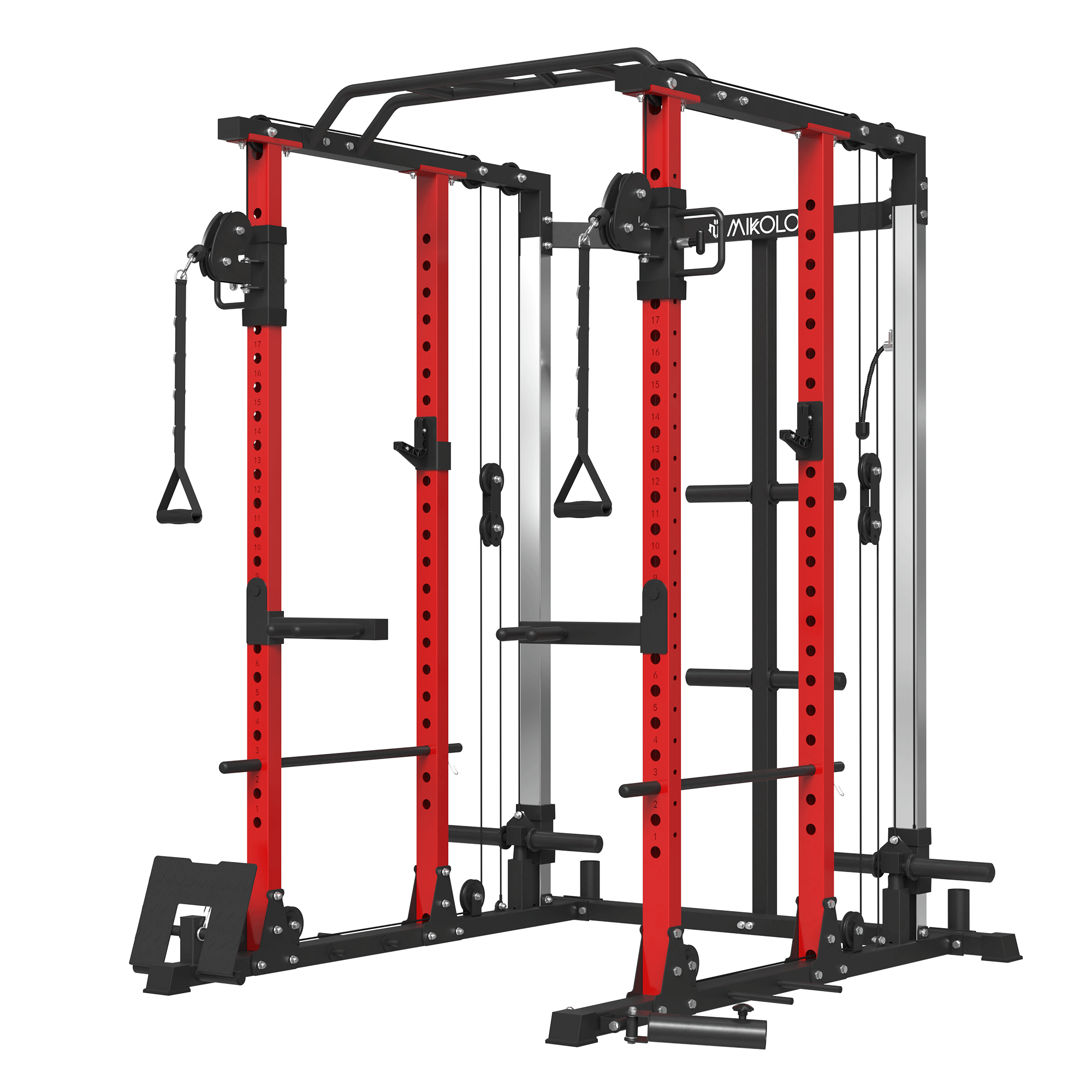



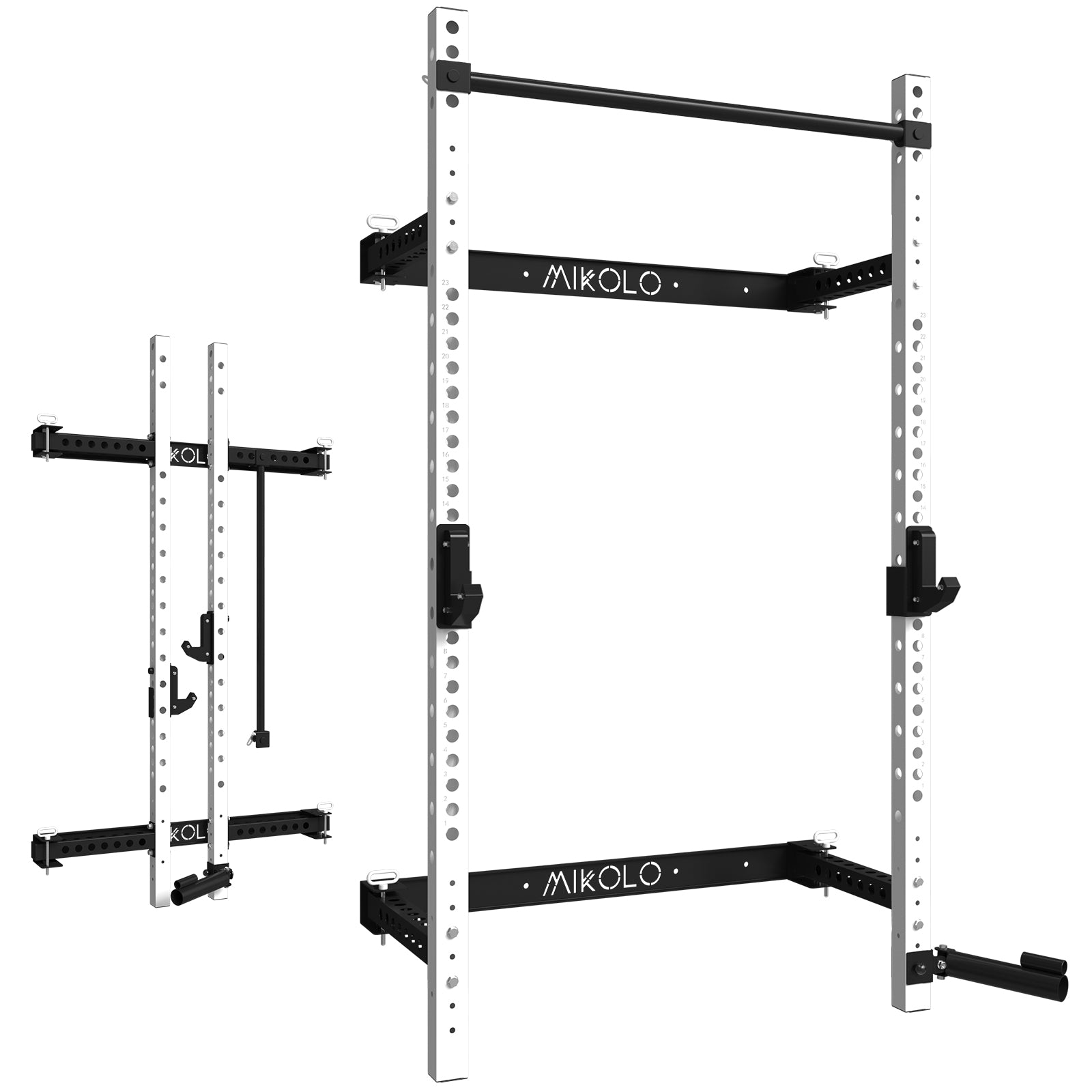









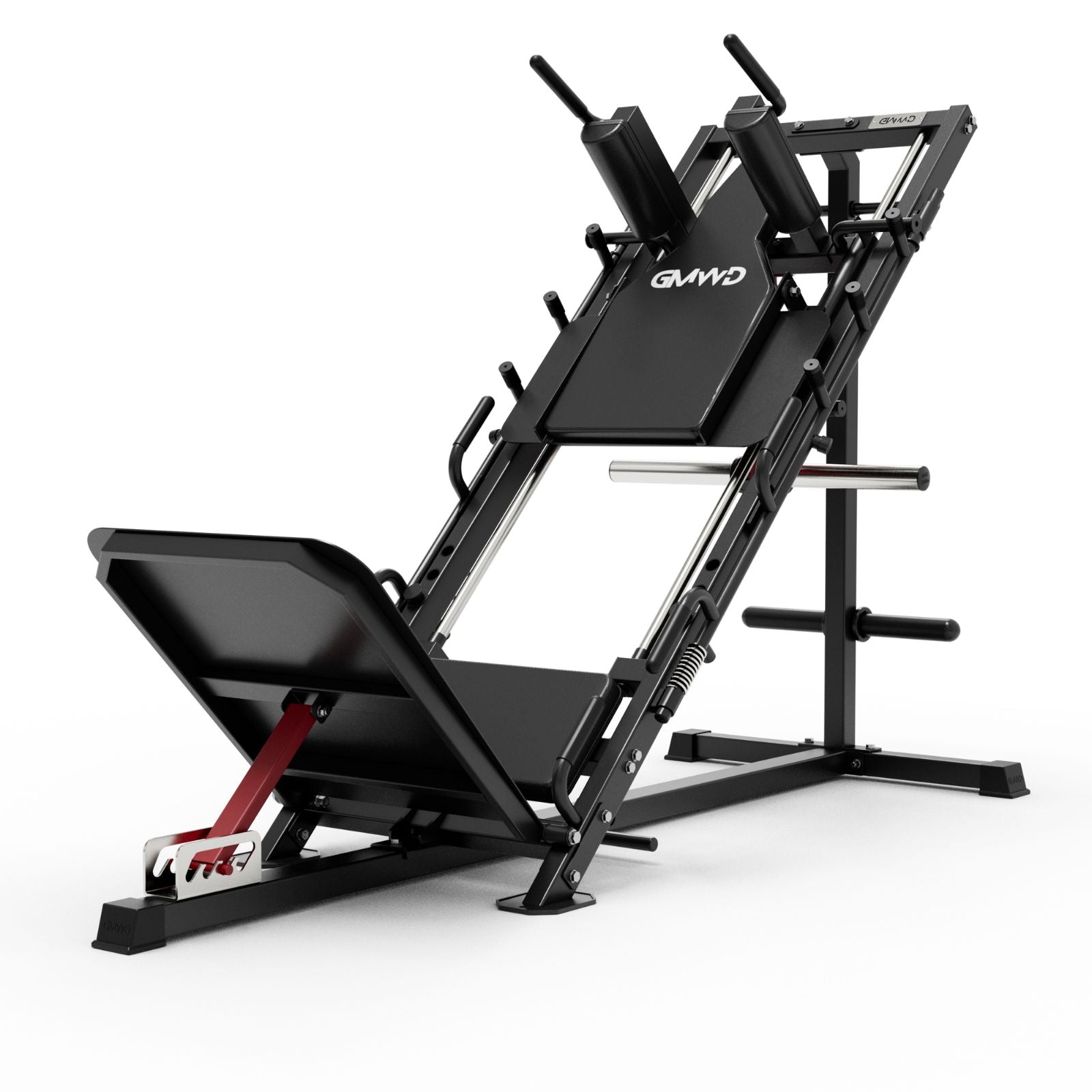







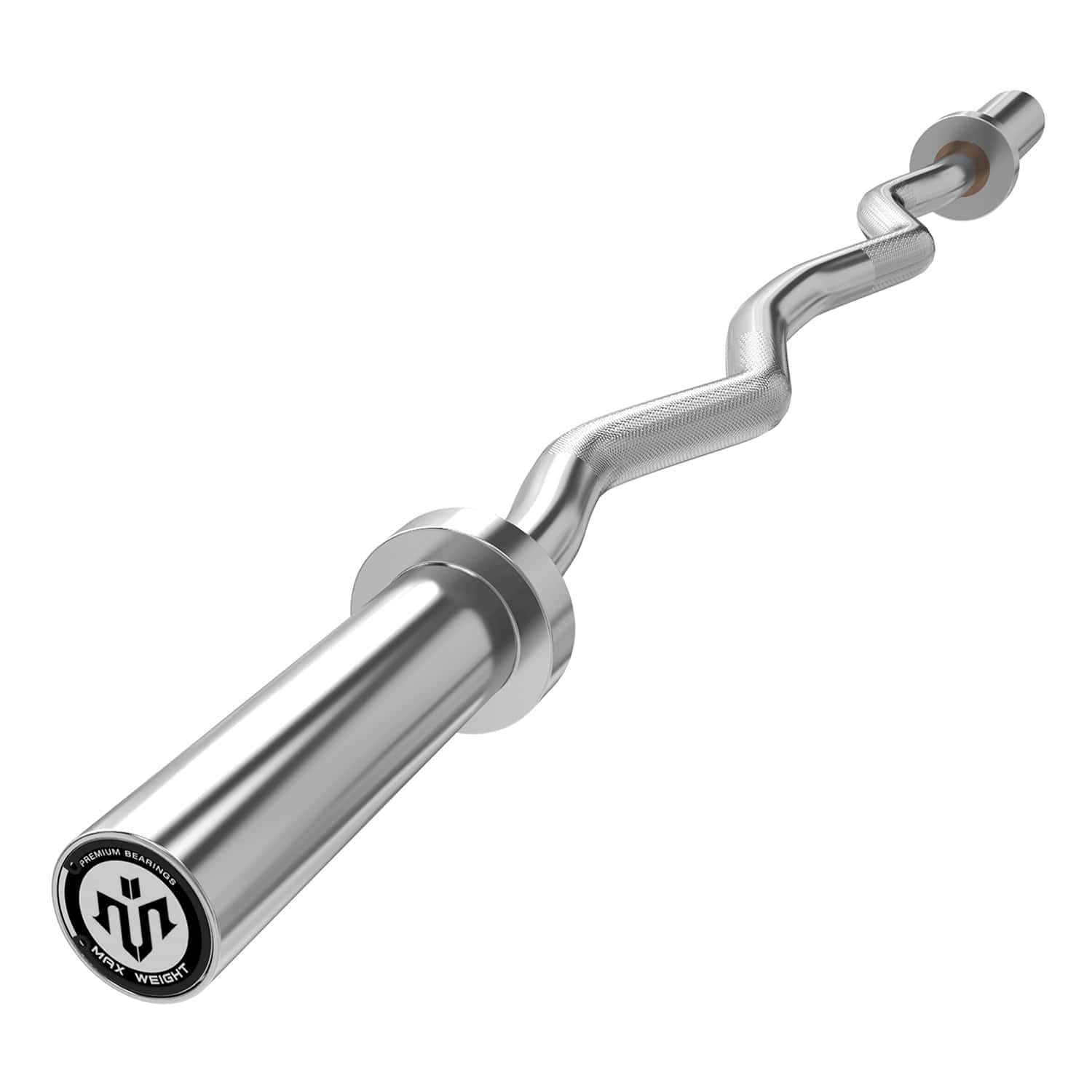
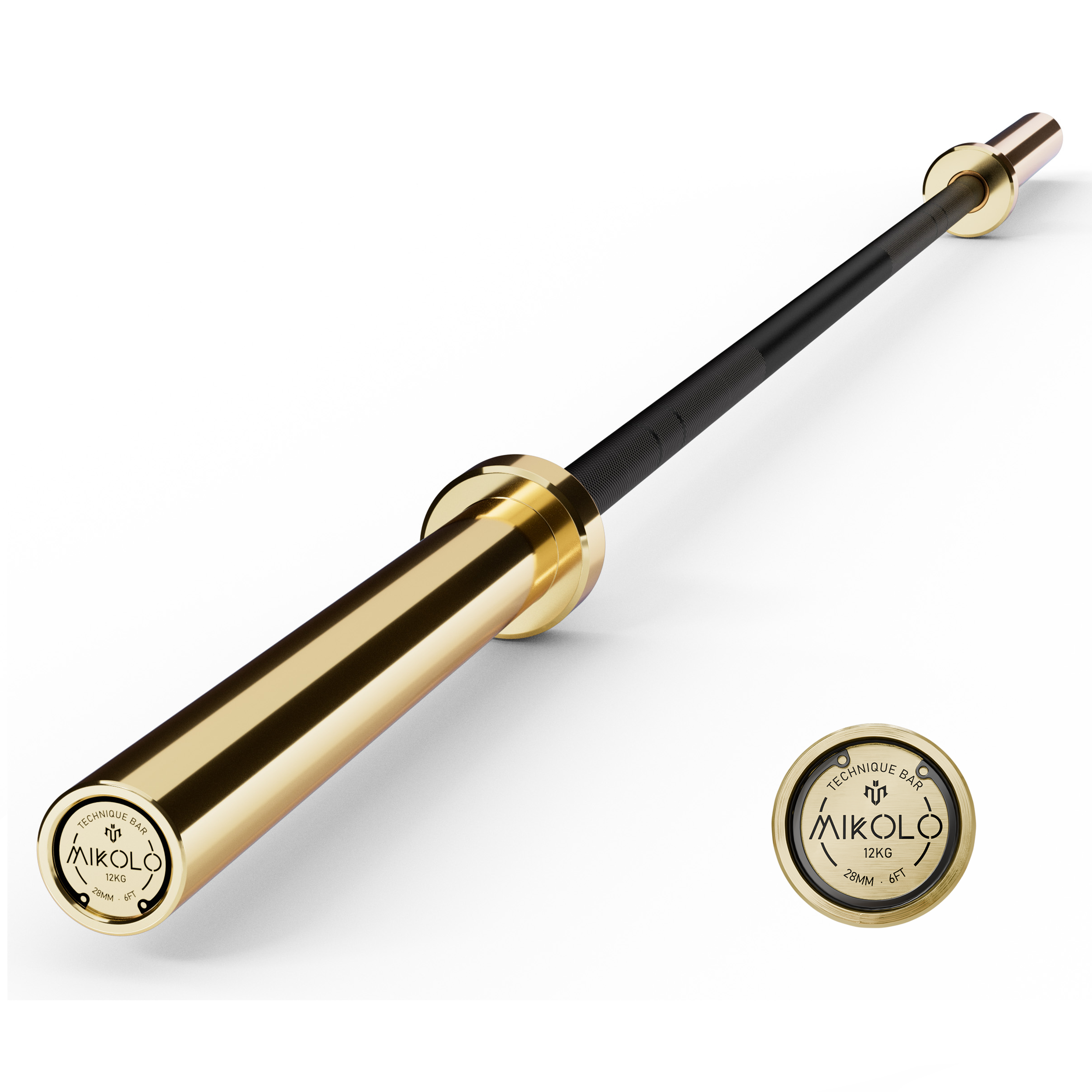

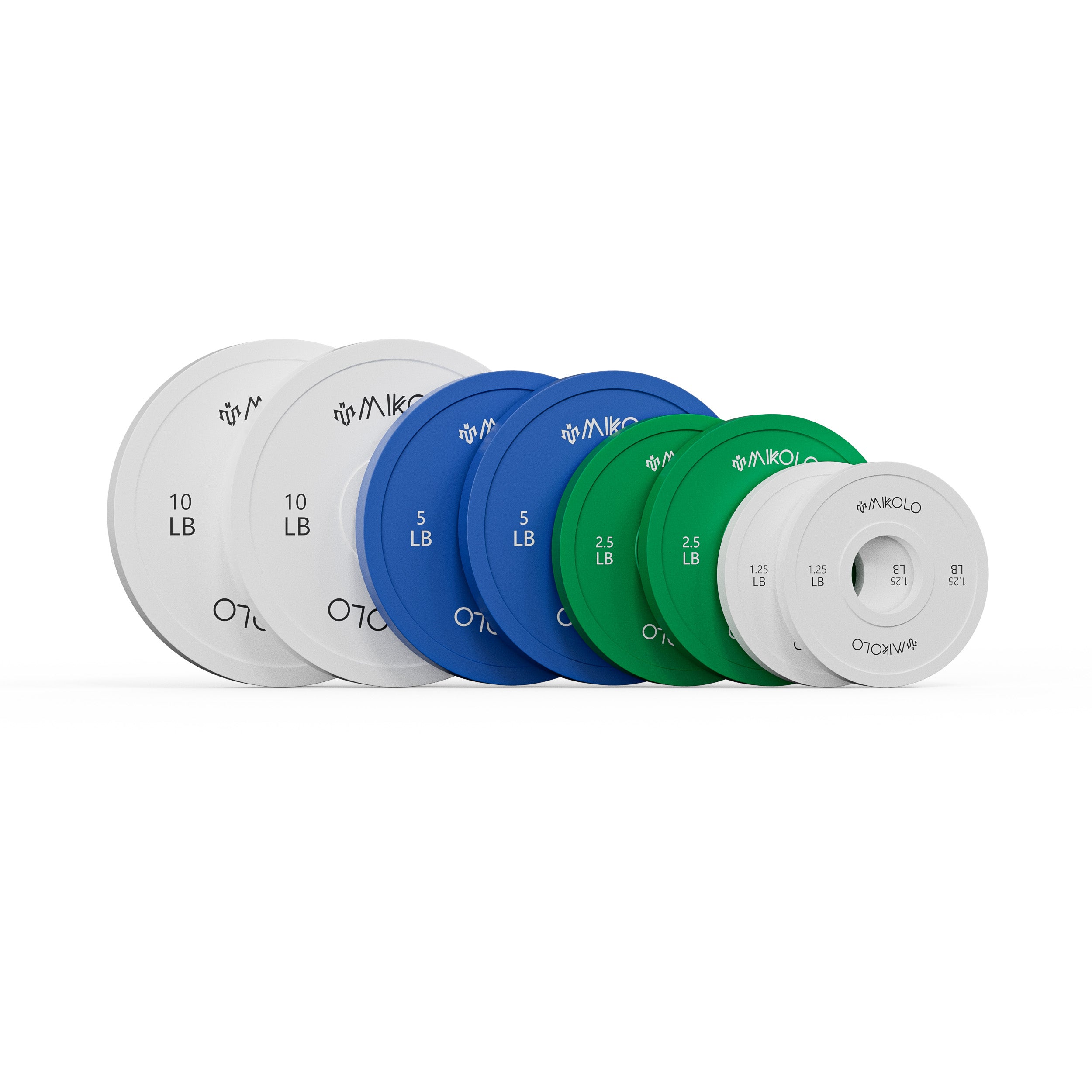
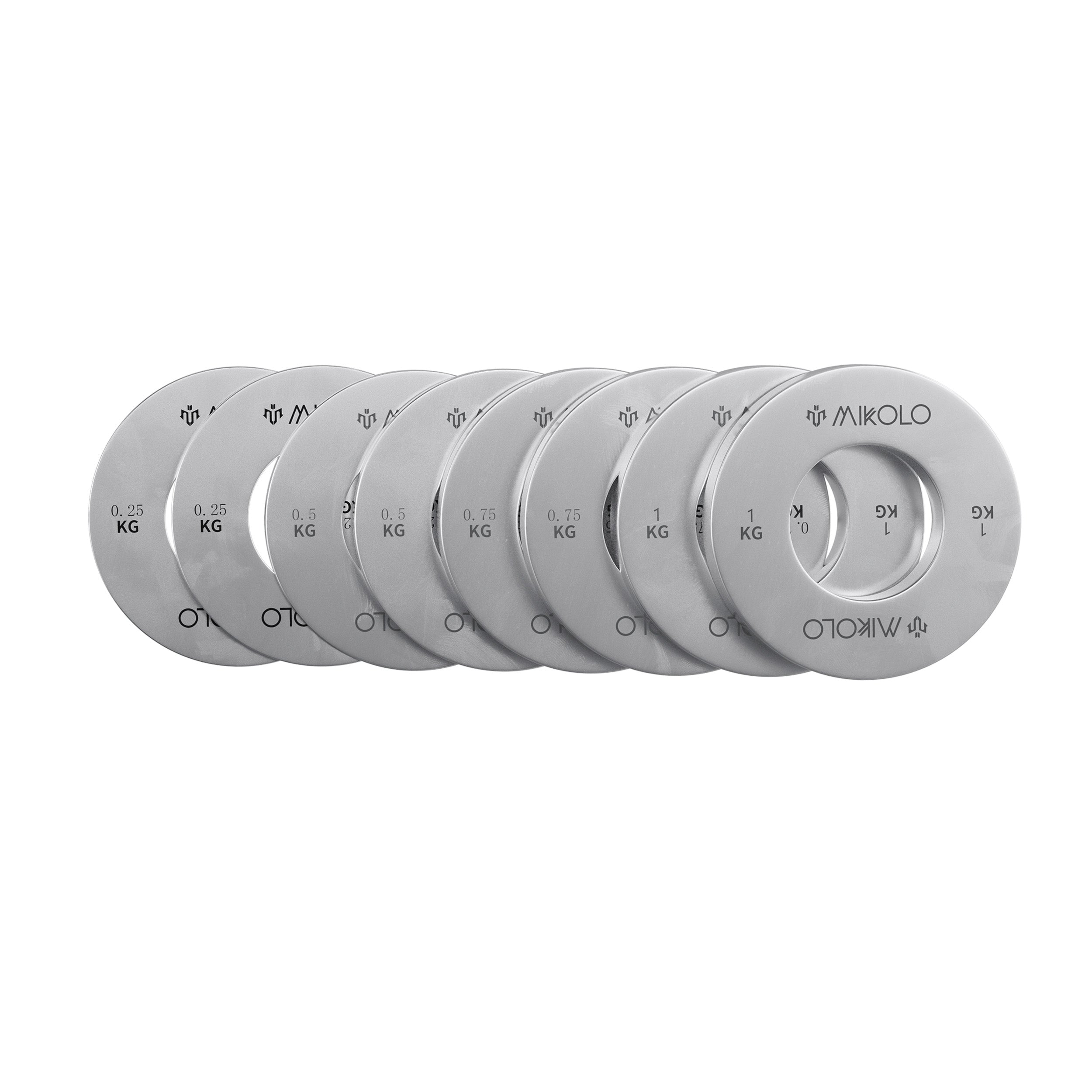



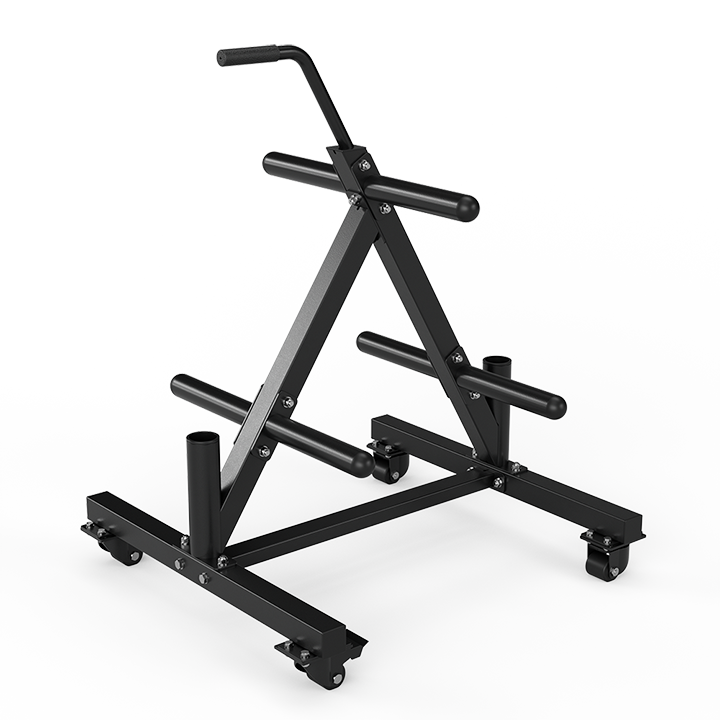





Leave a comment
This site is protected by hCaptcha and the hCaptcha Privacy Policy and Terms of Service apply.